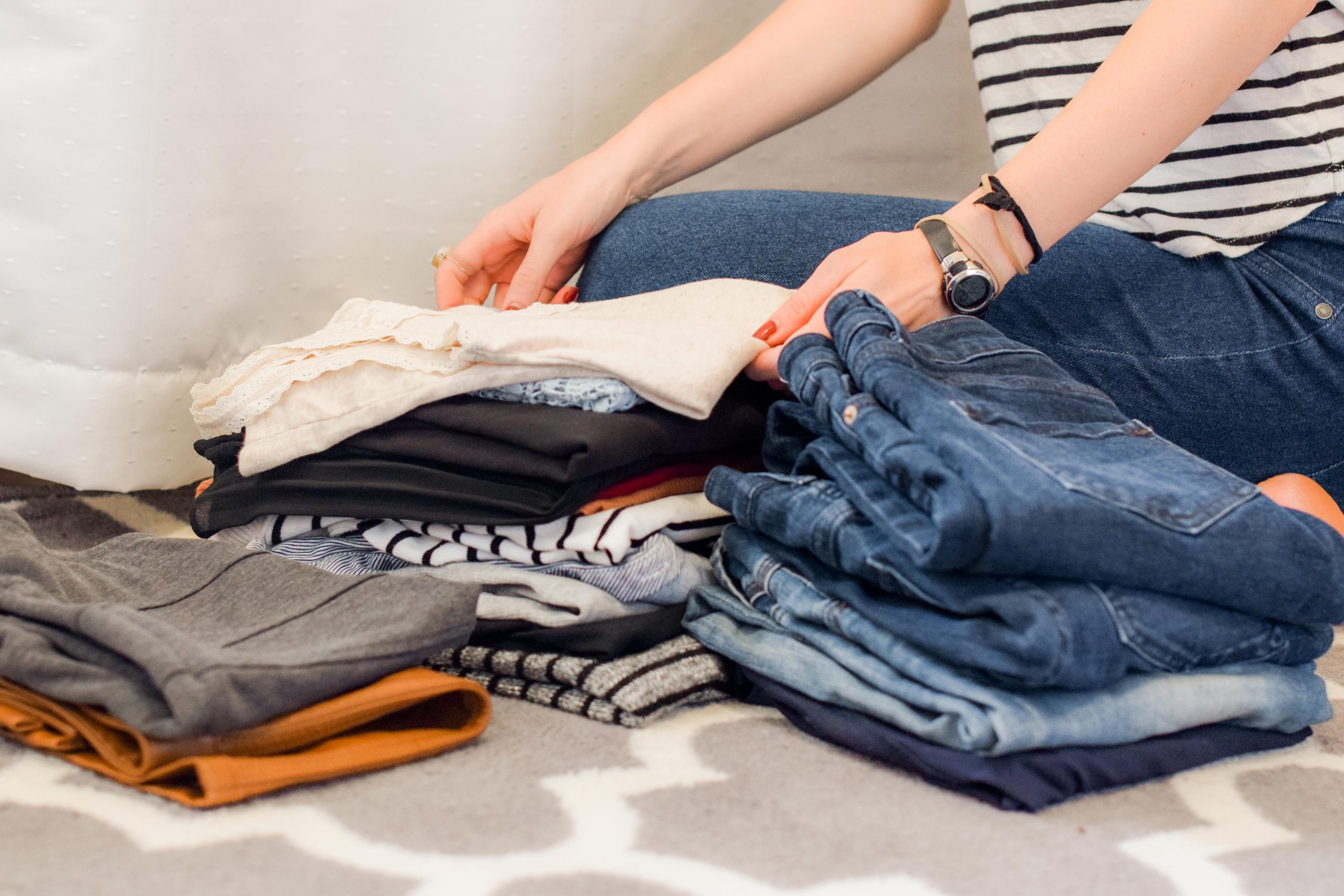6 Eco-friendly Things to Try at Home

More and more people have made the switch to an eco-friendly lifestyle—and with good reason. Climate change continues to put the world under intensely grave circumstances. It’s up to humans to do their part in saving the earth.
What better place to start an eco-conscious journey than at home. Going green doesn’t require expensive lifestyle changes. There are completely actionable ways to transform your home into an earth-friendly abode.
Switch to LEDs
Still using the traditional incandescent light bulbs at home? It’s about time they’re replaced. Incandescent lighting consumes more energy, harming the earth and your wallet.
Switch to light-emitting diode (LED) bulbs. This type of lighting saves up to 75 percent of energy, as compared to its incandescent counterpart. It’s also known to last 25 times longer. In fact, using LED lighting will save US households a total of more than $30 billion by 2027.
There are plenty of LED lighting options found at your local hardware. They may cost more than fluorescent and incandescent bulbs do, but they’ll save more money in the long run.
Insulate Your Home
Insulation is one of the smartest ways to cut down on your energy consumption. The dreaded winter months can bring in chilly drafts and spike your utility bill. But with proper insulation, there’s little need to use so much energy to heat up the home.
There are many ways to add home insulation. Before starting on the task, the first thing to do is to seal up air bypasses. Find areas where air can pass through, like plumbing vents, chimneys, and exhaust fans.
Use caulk sealant to close these gaps before installing insulation in other parts of the home. Area rugs also make cost-effective insulation that prevents air from slipping through floor cracks.
Reduce, Reuse, Recycle
It’s an all-too-familiar motto, but a lot of people don’t really practice it at home, and it’s probably because they don’t know the principles enough.
The 3 Rs focus on the things that people purchase and how they dispose of those when they’re no longer useful. For instance, you can reduce waste by taking a reusable bag with you when shopping for groceries.

Got a lot of stuff cluttering your home? Sell personal items online so other people can make good use of them. Just make sure your preloved items are still in good condition and usable.
It’s best to know the basics of reducing, reusing, and recycling. The trick is to be mindful of the things you keep and make sure they end up in the right place after use.
Cook Responsibly
Cooking leaves more carbon footprint than people are aware of. In fact, the mere act of constantly opening and closing the oven door adds a significant increase to your energy use.
There are many strategic ways to be eco-conscious around the kitchen. Cut down energy use by turning off the oven minutes before the indicated time. Air-dry dishes instead of using heat. Get sustainable utensils—ditch the plastic for reclaimed wood ones.
These seemingly simple ways can go a long way in protecting Mother Nature.
Make Compost
Composting takes away 30 percent of household waste from the trash bin. Instead of throwing organic matter in the landfill—where it produces harmful methane gas—better turn waste to “black gold.”
The question is, what makes a good compost pile? The main ingredients should include a balanced ratio of carbon- and nitrogen-rich matter. These include dried leaves, peels, manure, food scraps, and kitchen waste.
Before starting a compost pile, make sure to know the basics of composting. Meat and fish scraps do not make a good compost; these attract pests. Also, don’t put in pet manure to compost used for food crops.
Use Natural Products
It’s best to make a conscious effort in checking out the products you buy at the store. Every product you use, whether for beauty or for cleaning, contains chemicals that can be harmful for the environment.
According to a study from the University of Toledo, nanoparticles of titanium dioxide found in common personal-care products can find their way into bodies of water. This can disrupt the balance of microogranisms.

When shopping for products, take the time to read the label and scan for any harmful ingredients. Of course, it takes a lot of prior research to make the right buying decisions.
Get Involved
Starting the eco-living route is not easy, but it’s certainly attainable. Keeping yourselves informed is the first step. Now, get involved by turning these environmental tips into action.
About The Author: Melissa Page is a freelance writer, aspiring entrepreneur and absolute cat lover. When she’s not writing about home and designs, she’s dreaming about her next vacation.
Photos by Noah Buscher on Unsplash, Sarah Brown on Unsplash & Christin Hume on Unsplash
- Additions and New Construction
- All Exteriors
- Alterations
- Basements
- Bathrooms
- Customer Service
- Customer Stories
- Decks
- Design & Planning Show
- DIY
- Doors
- Educational Resources
- Extreme Makeover Home Edition
- Fashion Show
- General Remodeling
- Green Living
- Handyman Home Services
- Home Decor
- Home Entertainment
- Home Improvement
- Home Improvements
- How to Tips
- In The Community
- Kitchens
- Off-the-Wall Remodeling Stories
- Remodeling
- Resources
- Roofing
- Siding
- Social Media
- Sunrooms
- Tips & Tricks
- Trends
- Windows

